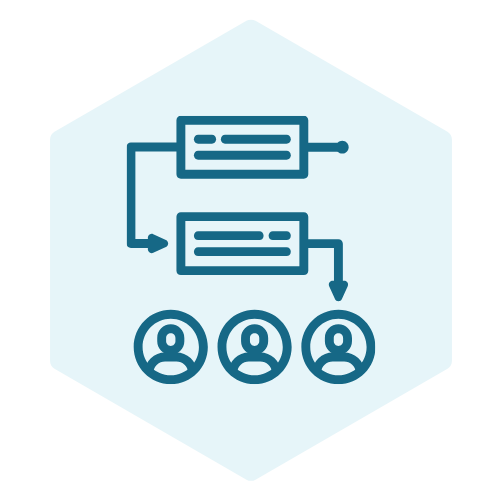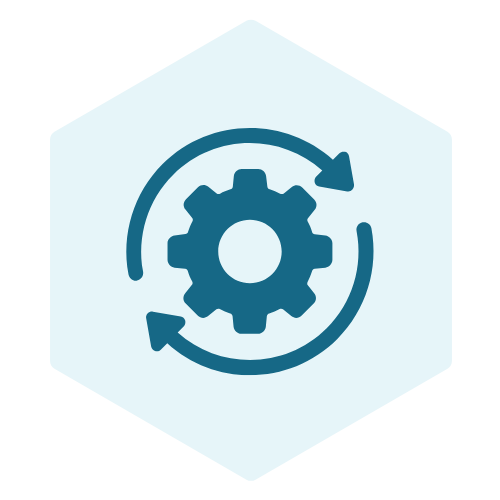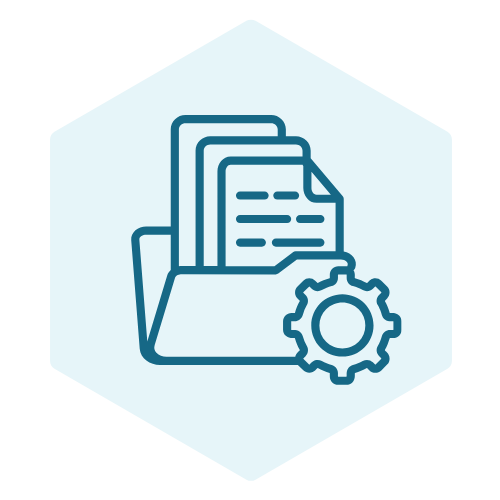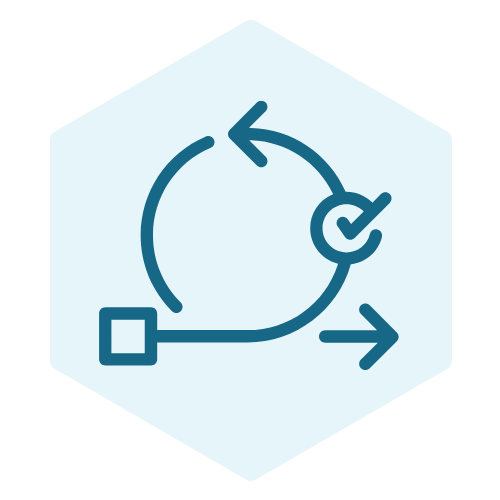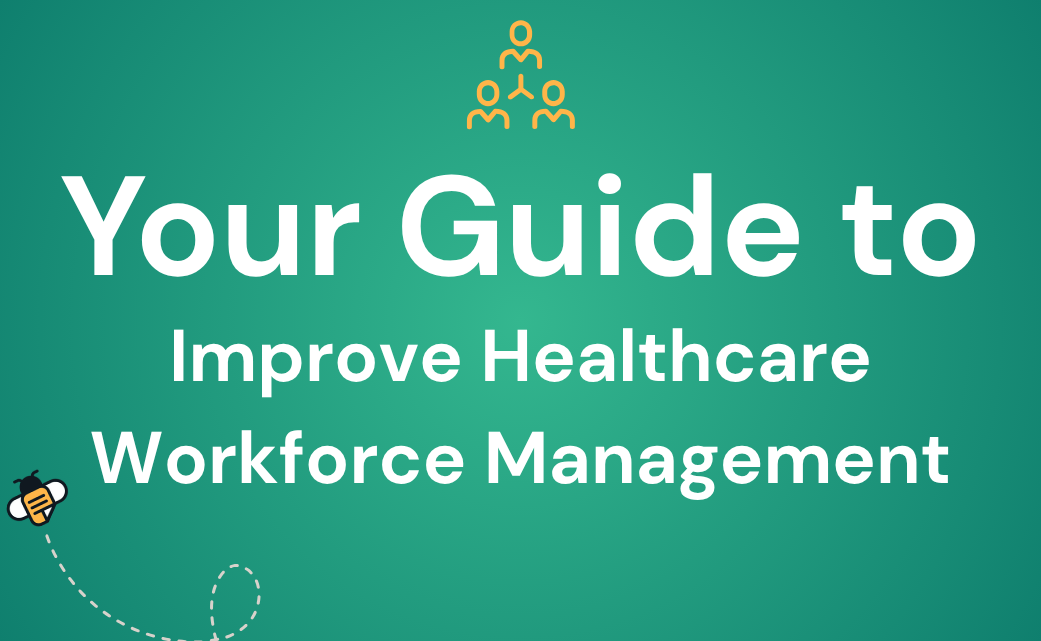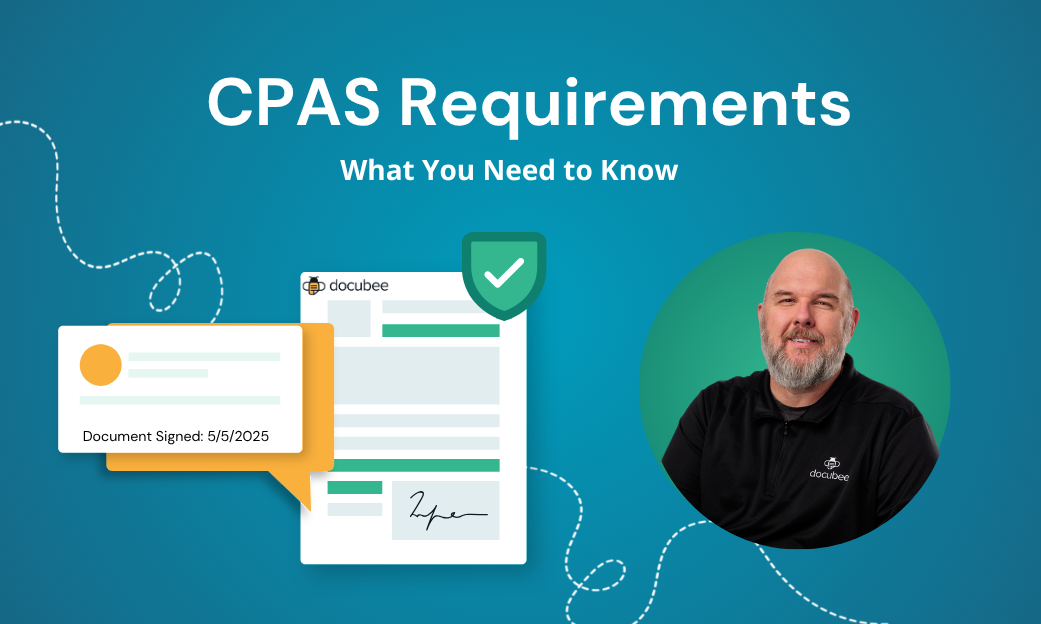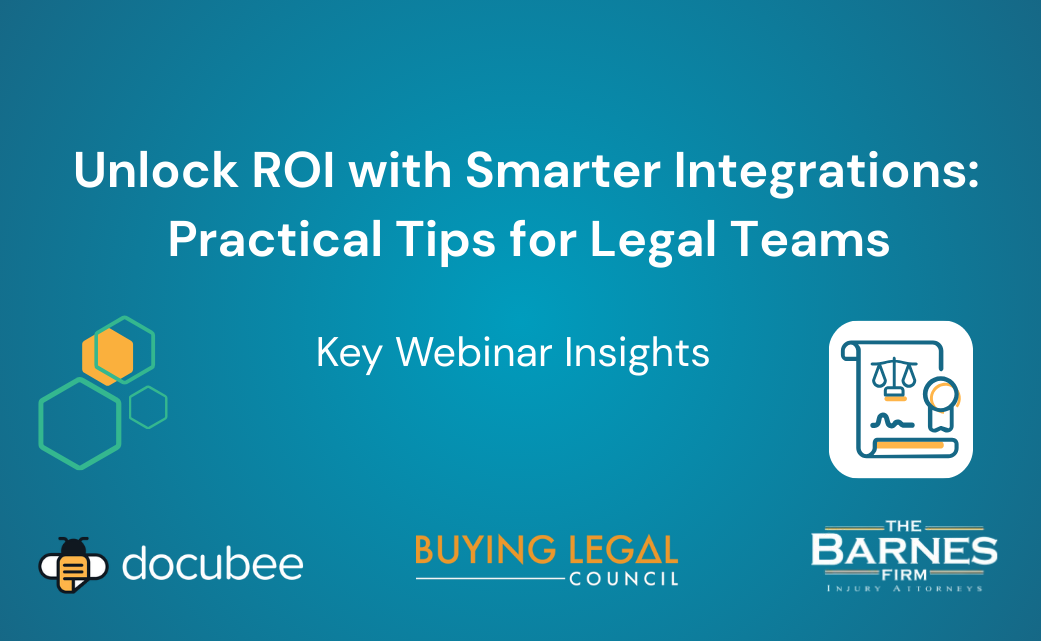A contract lifecycle has multiple points where it’s vulnerable to errors, miscommunication, inefficiency, and even noncompliance. Getting this process under control is a crucial part of workflow and organizational effectiveness for any firm handling contracts (from legal to construction industries and beyond.) That’s where contract lifecycle management software comes in.
How can this technology make your contract management more effective, cost-effective, and compliant? Let’s find out.
What is Contract Lifecycle Management?
Contract lifecycle management (CLM) is the process of overseeing a contract end-to-end, from initial data gathering through drafting, signing, and reporting. An effective management process can make the difference between a stalled agreement and a seamless execution.
What is a Contract Management Workflow?
A CLM workflow is simply the process of stringing together the sequence of dependent tasks making up a contract’s lifecycle. It typically involves multiple stakeholders, leaving room for oversights at many points. Traditionally, these steps were completed manually, but the advent of CLM tools has made it possible to automatically route tasks to each party as the previous ones are completed (or a certain date arrives).
Automating CLM workflows can drastically improve team efficiency, contract completion rates, client satisfaction, and return on investment (ROI).

Steps Included in Contract Lifecycle Management
The lifecycle of a contract includes multiple stages that can vary from business to business. Yet several steps are common across the board and can be automated for most firms. These include:
- Document and data gathering – This involves the initial research and resource compilation that will serve as reference material for the contract draft. Traditionally, this process was manual and time-consuming, but CLM platforms can use AI to discover and collect this information.
- Contract drafting – Once the necessary information has been gathered, it’s time to draft the document. This manual process can now be automated by using a subset of AI called natural language generation (NLG). A CLM tool incorporating NLG can generate a draft based on natural language prompts and automatically incorporate the resources it gathered in the previous step.
- Editing and negotiation – After drafting, human teams usually collaborate to refine the draft. Once finalized, its terms are reviewed and negotiated between stakeholders. Using a well-designed CLM tool, the contract can be viewed, edited, and commented upon by relevant team members without creating duplicate drafts or leaving the platform. Once edits are complete, the workflow can automatically move to negotiation, sending the contract between stakeholders until everyone agrees on the contents.
- Approvals – Before the contract is finalized, it generally needs to pass by leadership for approval. Once negotiations are complete, CLM automation can automatically route the contract to each approving party as part of an automatic workflow. Even alerts and reminders can be automated at this stage in the process, eliminating lots of wasted time.
- Signing – There was a time when a finalized contract had to be manually signed by each party, then scanned and uploaded to a digital database. E-signatures changed that. CLM automation takes this convenience to the next level by integrating signatures into a centralized workflow. Firms can set up their workflow to automatically send the contract out to signing parties as soon as the approval process is complete.
- Ongoing management – Once the contract is finalized, it needs to be stored securely and compliantly for retrieval in case of audits or amendments. Needed amendments can be automated in a similar way to the original workflow.
- Search, retrieval, and reporting – Legal professionals may need to consult previous contracts for new cases, clients, or audits. They can use AI-driven automation to efficiently find and analyze these documents – just as they would have during a contract lifecycle’s data gathering phase. In the case of an audit, they can also have AI generate custom reports summarizing crucial information at a glance.
- Contract renewals and terminations – Some contracts may be subject to renewal or need to be explicitly terminated. Teams can automate their renewal and termination workflows just as they do for a new contract.
How to Pick the Right Contract Lifecycle Management Software
When looking for the right CLM tool, base your research on your organization’s specific needs. This should involve a careful analysis of your current processes to determine gaps in your performance and efficiency. Based on this, you can narrow down a list of automation features that would be most beneficial to your process.
That said, there are some features that offer broad benefits across many organizations and industries. They include:
- AI-enhanced robotic process automation (RPA) – While robotic process automation uses conditional logic to seamlessly transition teams between tasks, AI can analyze documents and insert them in the right part of your workflow.
- Natural language processing search, retrieval, and analysis – Rather than spending hours combing manually through documentation, look for a tool that can analyze and collect the relevant information for you, so you’re focusing on the most relevant information from the start.
- Natural language generation (NLG) for automated contract drafting – A tool that enhances its template library with AI can generate custom documents and templates in moments, so your team can focus on fine-tuning rather than drafting from scratch.
- Centralized platform for streamlined collaboration – No more emailing multiple versions back and forth! The best contract automation tools should have one central version accessed in the same platform by all parties. That way edits and comments can be tracked in the same place by the whole team.
- Integrated eSignatures – eSignatures already sped up contract management, but look for a CLM tool that integrates them right there in the platform as part of one workflow.
- Integrations with existing tech stack – A contract workflow should integrate smoothly with your other processes and tools, so look for a solution that has robust API integrations.
- No-code workflow customization – Workflows change, and that means your team needs to be able to tweak their automations when they need it. No-code customization means you don’t have to wait on specialists to make changes for you – you can adapt as you go for even more efficiency.
- Compliant and secure data storage – Ensure that the tool you use stores all documentation in compliance with important obligations like HIPAA, CCPA, and SOC2. It should also organize everything in an intuitive, easy-access way so you can get the information you need in the case of an audit. Ideally, you should also be able to use AI to generate targeted reports.
Contract Lifecycle Management Software from Docubee
Firms are discovering that automation offers robust support for managing their entire contract lifecycle through automated workflows. With Docubee, teams can take advantage of RPA enhanced with targeted artificial intelligence for even more streamlined workflows. Docubee can help the contract management lifecycle fly smoothly through:
- Streamlined, AI-driven contract generation
- AI-enhanced RPA for even more intuitive workflow automation
- Centralized, compliant database you can easily search with natural language processing (NLP)
- Centralized collaboration and contract negotiation
- Integrated e-signatures
Stuck in a holding pattern with your contract lifecycle? Help your team fly straight to their goals. Learn about contract lifecycle management from Docubee.


